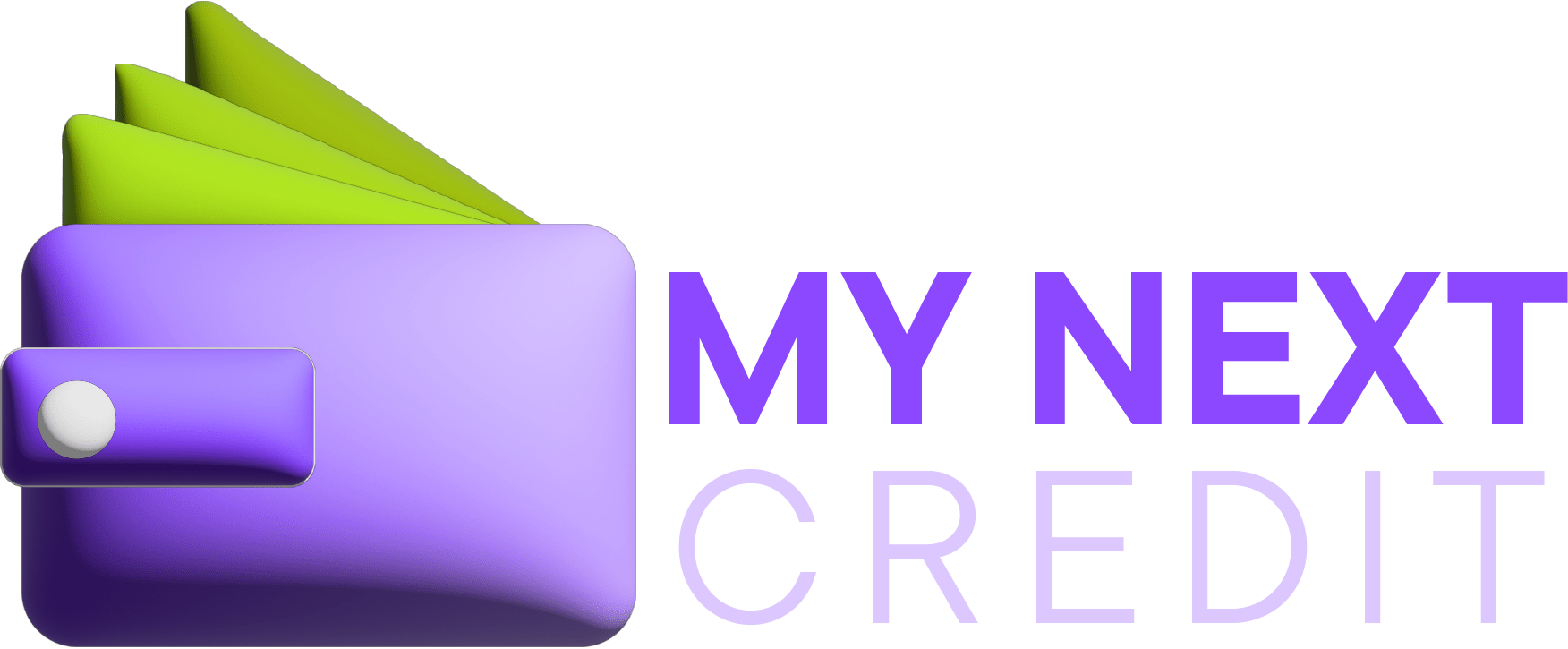Real-time alerts are push notifications sent instantly to a user’s phone or email whenever a financial transaction occurs. These alerts allow users to see purchases as they happen, helping prevent unauthorized use and encouraging better budget management. Many credit card companies now include this feature as a standard offering to increase transparency and customer engagement.
Beyond security, these notifications empower consumers by keeping them informed of their daily expenditures. A growing number of users rely on this constant feedback to stay within budgets, avoid overdraft fees, and review spending patterns. It’s a proactive shift from passive end-of-month statements to interactive, real-time finance tracking.
Everyday examples of financial control

Imagine buying groceries and receiving an alert seconds later that outlines the amount, location, and remaining credit limit. This not only confirms the transaction but reinforces awareness. Alerts can also notify users about subscription renewals, ATM withdrawals, or large purchases, giving them an extra layer of oversight.
According to a recent Mastercard report, users who enable transaction alerts are 40% more likely to stay within their monthly budgets. This shows how small nudges can lead to significant behavioral change. Moreover, some apps now allow customized alerts, setting thresholds for spending categories or daily limits for better personalization.
Integrating real-time alerts with financial apps
The next evolution of these alerts lies in their integration with comprehensive financial apps. Platforms like Nubank, Revolut, and Neon use real-time notifications as part of broader financial dashboards, where users can track balances, set savings goals, and receive insights based on their habits.
Such integration creates a holistic financial experience. For instance, when an alert is triggered, the app may also suggest a budget adjustment or flag recurring expenses that exceed typical monthly behavior. This kind of AI-assisted feedback enhances financial literacy and promotes more informed decisions.
Tools and strategies for maximizing alerts
To get the most out of real-time alerts, users should connect their credit cards and bank accounts to a centralized app that allows customization. Setting spending limits by category, creating alerts for unusual activity, or enabling weekly summaries are all effective strategies.
Additionally, many apps offer gamified insights, turning savings goals and spending reductions into visual progress bars or badges. These micro-rewards keep users engaged and motivated, transforming alerts from mere notifications into powerful behavioral tools.
Why real-time financial feedback matters
Real-time alerts are more than just convenience, they are vital tools for anyone looking to take charge of their financial health. They encourage accountability, enable immediate action in case of fraud, and foster more disciplined spending habits. In a world where money moves fast, feedback must be faster.
By leveraging these alerts through modern financial platforms, consumers gain clarity and control over their finances like never before. Whether you’re managing everyday expenses or planning long-term savings, these tools can be the difference between reactive and proactive financial management.
